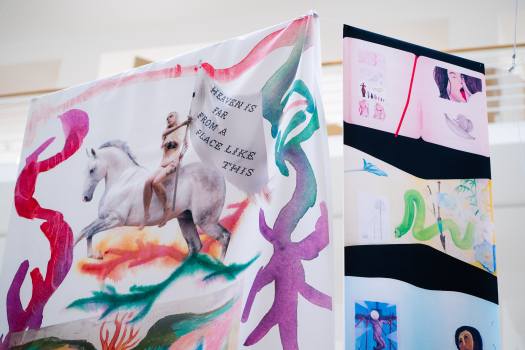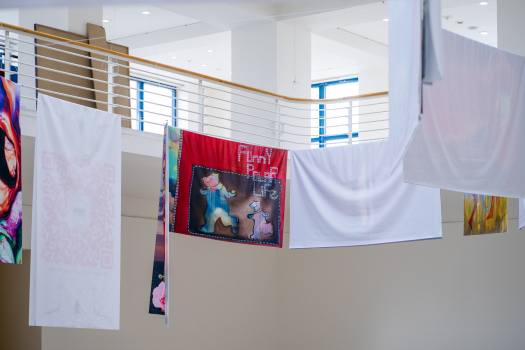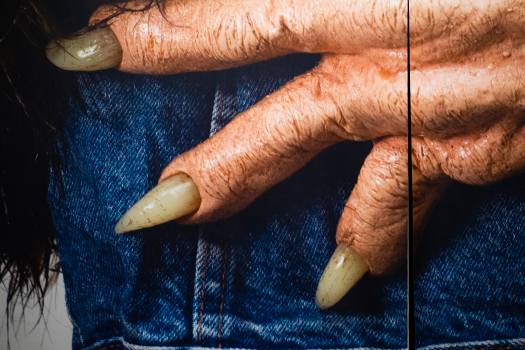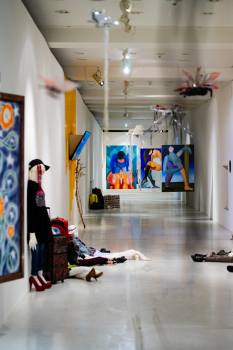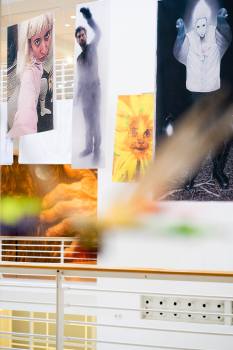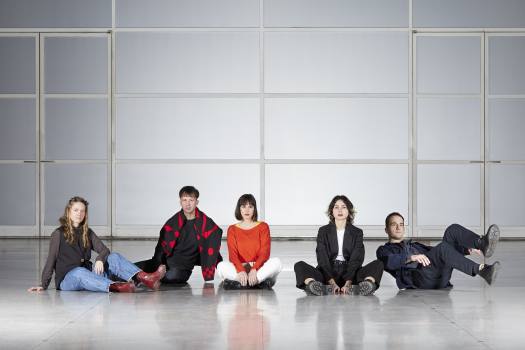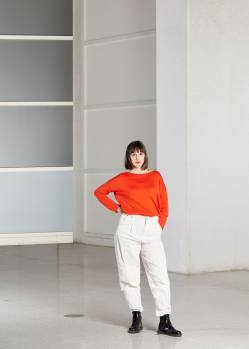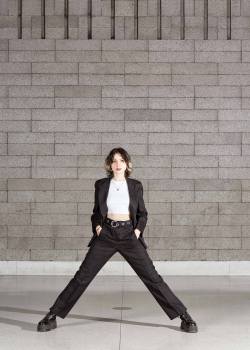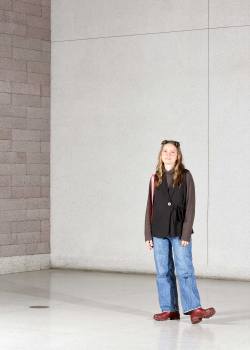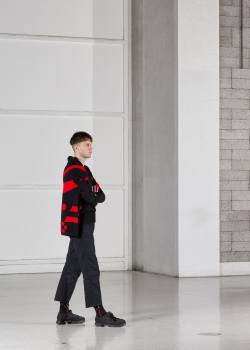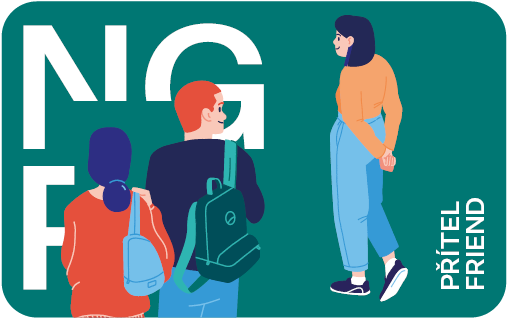The international jury of the Jindřich Chalupecký Award 2022 has shortlisted five artists for the 33rd edition of the most significant Czech award for artists under 35 years of age. These are: Olga Krykun, David Přílučík, Vojtěch Rada, Martina Drozd Smutná and Ezra Šimek. The Jindřich Chalupecký Society and the National Gallery Prague have teamed up again to organize a collective exhibition curated by the artistic and curatorial duo Jaro Varga and Anetta Mona Chisa, which will open on 23 September at Veletržní palác. Together with the exhibition of art work created by the Award’s laureates, a presentation of the works by this year’s international guest, Thai multimedia artist Korakrit Arunanondchai, will introduced.
Jury
International jury composed of Ivet Ćurlin (Kunsthalle Wien), Anna Daučíková (artist and lecturer), Charles Esche (Van Abbemuseum, Eindhoven), João Laia (Kiasma Museum of Contemporary Art, Helsinki) and Jan Zálešák (curator and lecturer) went through 80 portfolios submitted by authors presenting their work on the Czech contemporary art scene. Their shortlist represents a diverse range of media and content approaches that explore topics of human impact on the planet, but also on each other within social or family structures, and questions about the nuances of physical and virtual bodies, gender, and the relationships they find themselves in. In its statement, the jury summed up noteworthy artistic approaches encountered in the artists’ applications as follows: “Among the applications, we encountered a new generation of artists entering the art scene that shares a specific language informed by digital aesthetics, online platforms and social media that they are interested in repurposing for critical and imaginative use. At the same time, the question of personal and collective identity, often informed by the legacies of feminist and leftist thinking is a shared source of critical inspiration and challenge. Exhibitions of work reflecting the climate and environmental crisis also stood out. (…) Finally, we saw a number of works that successfully bridged between real and digital life, playing with how art and life are perceived on and through the screen and the relationship to real bodies and identities in three dimensional space. Across the whole breadth of the applications, the pandemic served as a constant and urgent reminder that the physical still exists and remains critical to human experience.“
Laureates
According to the jury, the underlying experience for Olga Krykun’s generation is “post-digital intimacy”, which manifests itself in the artist’s work by balancing on the borderline between the offline and online worlds, at the intersection of which she tries to find something meaningful and authentic. She combines with ease elements of pagan or Eastern-Slavic mythology and ritualistic practice, which on a deeper level speak about shared values and cultural identity, with popular culture symbols and products. What comes out of it is an excessive creativity and roughness that could be described as a form of feminist punk. Research-based work by David Přílučík reacts to concrete physical and intellectual environments and is derived from his personal experience with gentrification, precarity or social injustice. His works often created in collaboration with other actors and colleagues are often strongly concerned with environmental issues and looks for intersection between nature and culture or society. He pursues a non-dualist way of thinking and perceiving, using an informed and poetic artistic language. Drawing his aesthetics largely from the gaming world, Vojtěch Rada’s work rejects the escapist tendency to live digital lives and identities. Instead he uses game environments as critical tools to reflect on both digital and physical realities, as well as where the boundaries between them have already collapsed. Rada's practice rethinks architecture, public space and memory, engaging the bodily and disembodied presence of the visitor/viewer/user. Martina Smutná’s paintings revisit the problem of the body through a feminist perspective in a very compelling way. Her practice is based on exploring the legacies of sources outside of the white male canon of painting. Her paintings reveal the inner experiences of the body, its fragmentation and atomization on one side, and relational, entangled composition on the other. Ezra Šimekengages in the urgent topics of the non-binary, gender fluidity and related identity, political and social issues with a dose of humor and irony and through a visually striking language. Their work questions the stereotypes of the traditional gender roles, often referring to popular Western culture, particularly the Hollywood tradition.
Exhibition of a foreign guest artist
In 2022 will also again see an exhibition by a foreign guest artist: the sixth guest artist of the JCHS Award Exhibition will be Thai-American artist Korakrit Arunanondchai. Arunanondchai's work focuses on the transformative potential of narratives. With each new project, the artist expands his universe of interconnected stories told through large-scale video installations, paintings, objects and performative works. In his videos, the idea of collectivity is understood through the secular and the sacred.
Arunanondchai was born in Bangkok and works between Bangkok and New York. In his own biography, he often draws on local cultural contexts. Drawing on references to philosophy and myth, often from places of post-colonial trauma, issues of consciousness, empathy and community are the unifying elements of the artist's narrative. Moments of loss and transcendence attest to the existence of particular realities that intertwine the individual with politics and power. NGP will house Arunanondchai’s two new interconnected video installations: Songs for Dying (2021) and Songs for Living (2021, created in collaboration with artist Alex Gvojic).
Trade Fair Palace – Mezzanine
Trade Fair Palace – Mezzanine
1—1 / 17




